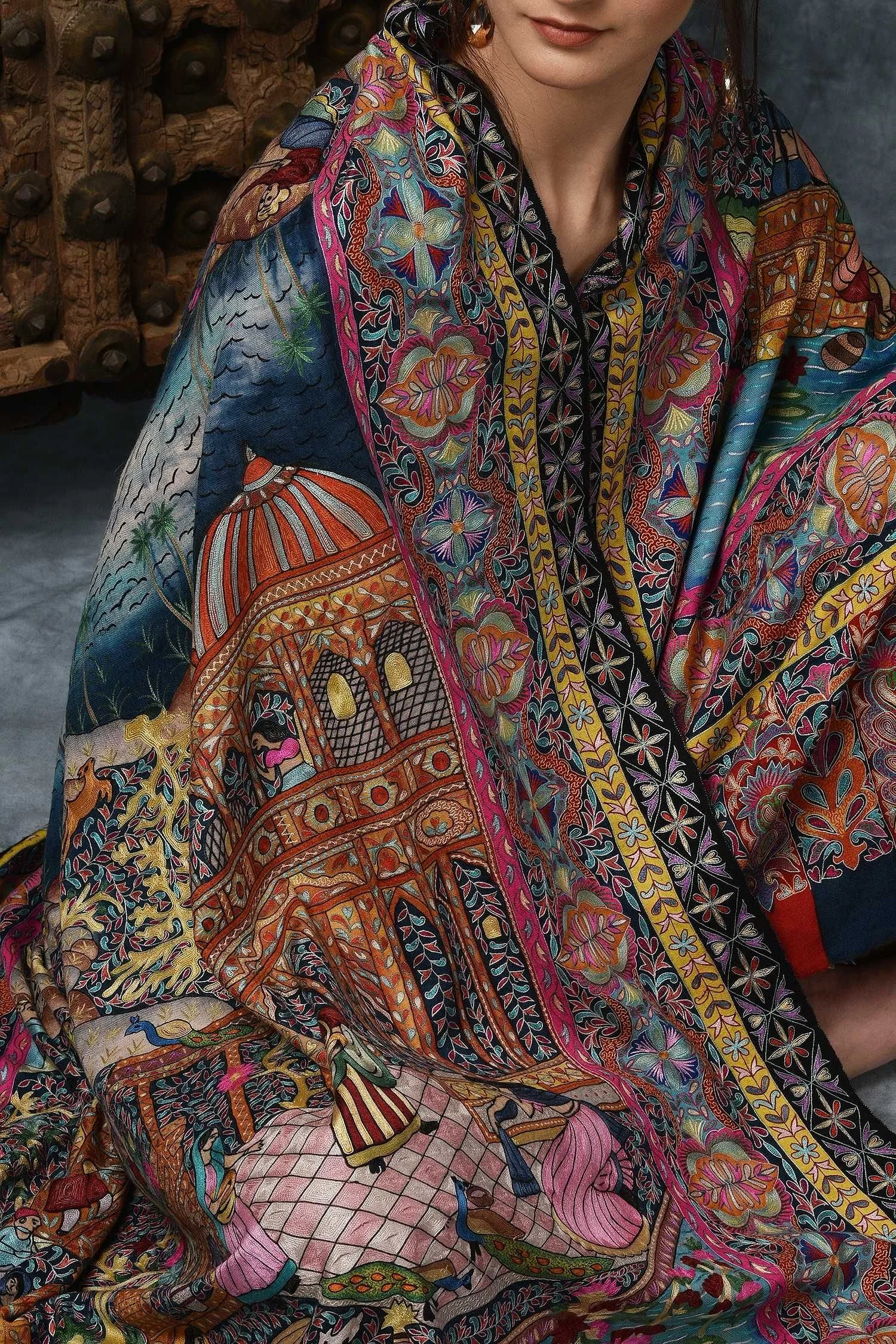Cycles of Civilization: Why AI, Government Instability, and Celestial Patterns May Signal a Historical Inflection Point
Throughout history, major technological shifts — from the Bronze Age to the Industrial Revolution — have coincided with periods of political instability and, intriguingly, with distinctive astronomical or solar cycles. Drawing from recent research in civilizational cycles, space weather impacts on social stability, and technological transition theory, this article argues that the modern rise of artificial intelligence (AI) and concurrent governmental volatility may not be coincidence but part of a recurring civilizational rhythm.
1. Cyclical Theories of Civilization
Scholars have long observed that societies evolve through predictable cycles of innovation, expansion, and collapse.
Petrunenko, Kozlovskyi, and Bolhov (2022) describe these as “civilizational Fibonacci waves”, where technological transitions (such as pandemics or AI revolutions) follow mathematically traceable development arcs in global economics (Petrunenko et al., 2022).
Similarly, R. Guo (2017) views civilization as a cyclical human process, where each wave of innovation triggers not only prosperity but also systemic instability (Guo, 2017).
If this framework holds, our present AI revolution could represent the ascending phase of a new civilizational curve — historically followed by political realignments and social upheavals.
2. Celestial Correlates and “Cosmic Weather”
Evidence suggests that solar and lunar cycles may correspond to fluctuations in social order.
Vladimirsky (2020) revisited early 20th-century research by Chizhevsky, showing that social instability peaks near solar cycle maxima (roughly every 11 years) — periods of increased geomagnetic activity linked to human behavior changes (Vladimirsky, 2020).
In a more focused historical analysis, Sun & Li (2024) demonstrated that solar eclipses often undermined political legitimacy in dynastic China, producing measurable economic downturns and rebellions (Sun & Li, 2024).
These studies support the idea that celestial phenomena correlate with psychological and political thresholds — making today’s supermoon and AI-driven transitions symbolically and perhaps materially aligned with past crises.
3. The Political Economy of Instability
The structural instability of modern governments during technological revolutions mirrors patterns modeled by Schofield (2011), who showed that complex political economies tend to oscillate between order and chaos depending on innovation shocks (Schofield, 2011).
Current tensions — from AI labor displacement to political polarization and fiscal uncertainty (such as potential government shutdowns) — may represent the chaotic attractor stage of a global transition cycle.
4. Environmental and Astronomical Convergence
Carolyn Merchant (2015) in Autonomous Nature argues that human attempts to control nature through technology repeatedly collapse under their own hubris, echoing both mythic and cosmic cycles (Merchant, 2015).
Likewise, S.V.M. Clube (1995) and Mike Davis (1996) described “punctuational crises” — abrupt collapses triggered by a convergence of technological overreach, cosmic disturbances, and ecological fragility (Clube, 1995; Davis, 1996).
5. Implications: 2025 and Beyond
We stand in a supermoon year, with solar activity approaching its cycle 25 maximum (2024–2025).
Global governments face instability, populism, and technological disruption at unprecedented speed.
Historically, these alignments — technological, political, and celestial — have preceded transformative crises or renaissances.
The pattern suggests that 2025 may represent an inflection point, echoing 1922’s symbolic convergence of discovery (King Tut), postwar instability, and lunar brilliance — but now scaled to a planetary, digital level.
Conclusion
Scholarly evidence across disciplines — from astronomy to sociology — supports that cycles of innovation and instability often coincide with celestial peaks. Whether interpreted metaphorically or materially, the synchronization of AI acceleration, political uncertainty, and cosmic events in late 2025 mirrors moments in history when civilizations either reinvented or collapsed.
In essence, the sky and society may once again be in rhythm.
References
Petrunenko, I., Kozlovskyi, S., & Bolhov, V. (2022). Civilizational cycles and economic development
Vladimirsky, B.M. (2020). Space weather and social instability
Schofield, N. (2011). Is the Political Economy Stable or Chaotic?
Merchant, C. (2015). Autonomous Nature: Problems of Prediction and Control
The information you need to know.
Intelligently crafted journalism you won't find anywhere else.
Intelligently crafted journalism you won't find anywhere else.
Kashmiri Shawls and The Origin of Cashmere
*Image depicts a Mughal style Kalamkari Pashmina Shawl
If you’re a fan of luxury fabrics, you’ve probably heard of cashmere. It’s a soft, warm and expensive wool that’s made from the undercoat of cashmere goats, originally found in the Himalayas. But did you know that the name “cashmere” comes from the region where these goats are traditionally found? That’s right, cashmere wool is named after Kashmir, also known as “the paradise on earth”, a region located in the northernmost part of India.
The history of Kashmiri shawls can be traced back to the 16th century when they were first introduced to the Mughal courts of India. The Mughal emperors were so impressed with the intricate patterns and delicate texture of the shawls that they became an important symbol of status and wealth.
Kashmiri shawls are not just an accessory; they are a piece of art. Each shawl is unique, and the designs and patterns used are often passed down from generation to generation. The intricate embroidery and detailed needlework require a high level of skill and expertise, and the artisans who create these shawls often spend years perfecting their craft.
One of the most popular types of Kashmiri shawls is the Pashmina shawl, which is known for its softness and warmth. Pashmina comes from the Persian word "Pashm," which means wool. The wool used in Pashmina shawls comes from the underbelly of a specific breed of goat found in the Himalayan region. These goats have a special type of wool, which is incredibly soft and fine, making it ideal for shawl-making.
Kashmiri shawls and handcrafted items are treasured around the world for their beauty, quality, and unique craftsmanship. They are a testament to the skill and dedication of the artisans who create them and the rich cultural heritage of the Kashmir region. So, the next time you wrap yourself in a soft, warm Kashmiri shawl, remember the centuries of tradition and craftsmanship that went into making it.


